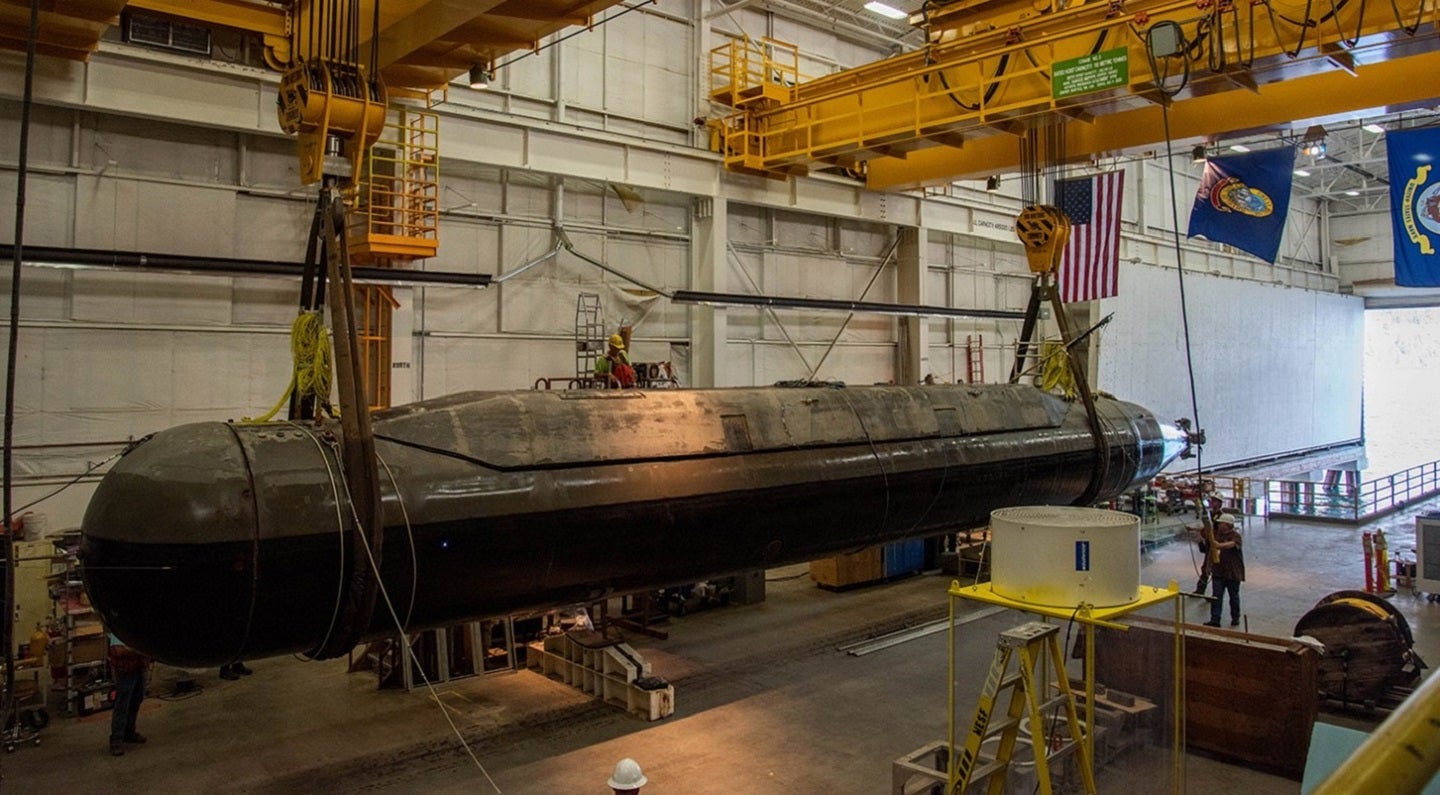
Philadelphia hosted an event on modern naval developments as Admiral (Adm) Lisa Franchetti, US Chief of Naval Operations (CNO), delved into the latest advancements in submarine production and shipbuilding practices.
In the visit to Philadelphia, Franchetti, toured key naval facilities, including the Naval Foundry and Propeller Center (NFPC), the Naval Sea Systems Command (NAVSEA) Compatibility Test Facility (CTF), and the Philly Shipyard. These visits provided her with insights into the landscape of modern naval manufacturing and testing capabilities, stated a US Navy release.
At the NFPC, Franchetti engaged with Director Nate Bird and his team, learning firsthand about their efforts in testing and designing submarine components. The facility’s 100 percent civilian workforce showcased their ability to optimise submarine efficiency through simulations, ensuring delivery of components for the future Columbia-class submarine. Franchetti detailed the significance of their work, highlighting its role in bolstering national defence.
During a visit to a General Dynamics Electric Boat facility in 2019, the US Navy’s former CNO Adm Mike Gilday emphasised the Columbia-Class ballistic missile submarine (SSBN) as the navy’s top acquisition priority.
Transitioning to the Philly Shipyard, Franchetti, accompanied by representatives from the Department of Transportation’s Maritime Administration (MARAD) and industry leaders, explored the Vessel Construction Manager programme. Combining mature designs with firm-fixed-price contracts, this initiative underscores a shift in ship procurement, vital for enhancing US national security capabilities.
The tour culminated in a visit to the NAVSEA CTF, where Franchetti witnessed the testing and operation of the Columbia-class integrated power system. Admiral Bill Houston, director of Naval Reactors, explained the facility’s role in validating technologies essential for maintaining sea-based deterrence.
The acquisition of twelve Columbia-class SSBNs will cost the $112.6bn. All submarines are expected to be finished by 2042, according to GlobalData’s global submarine market intelligence report.




